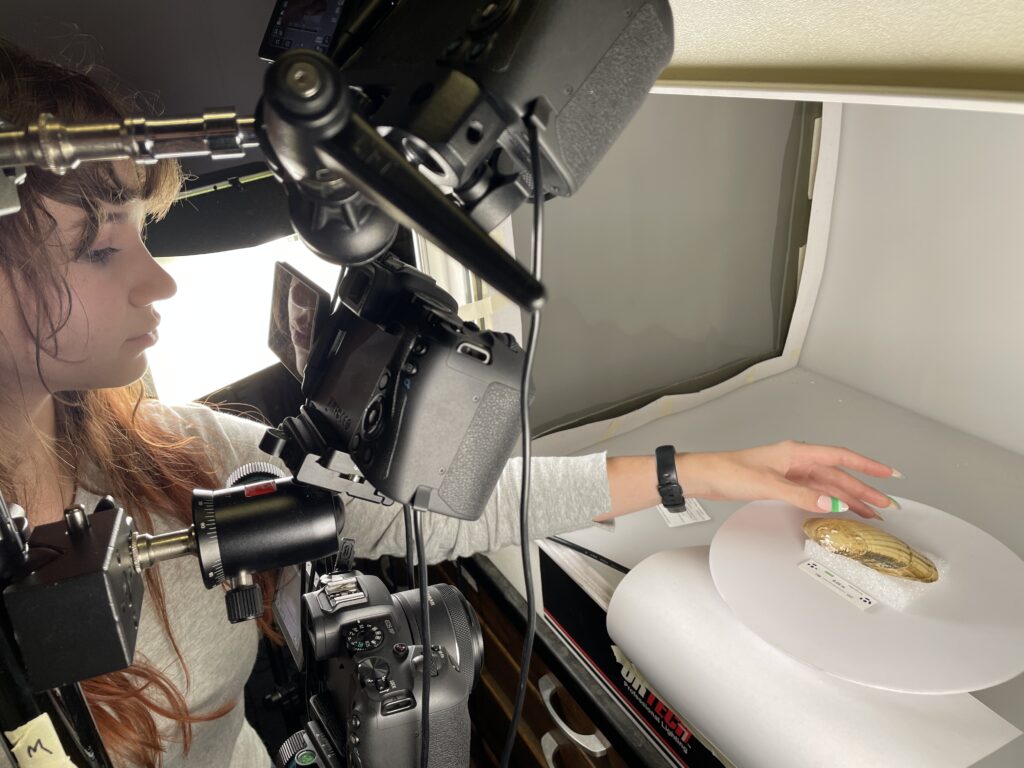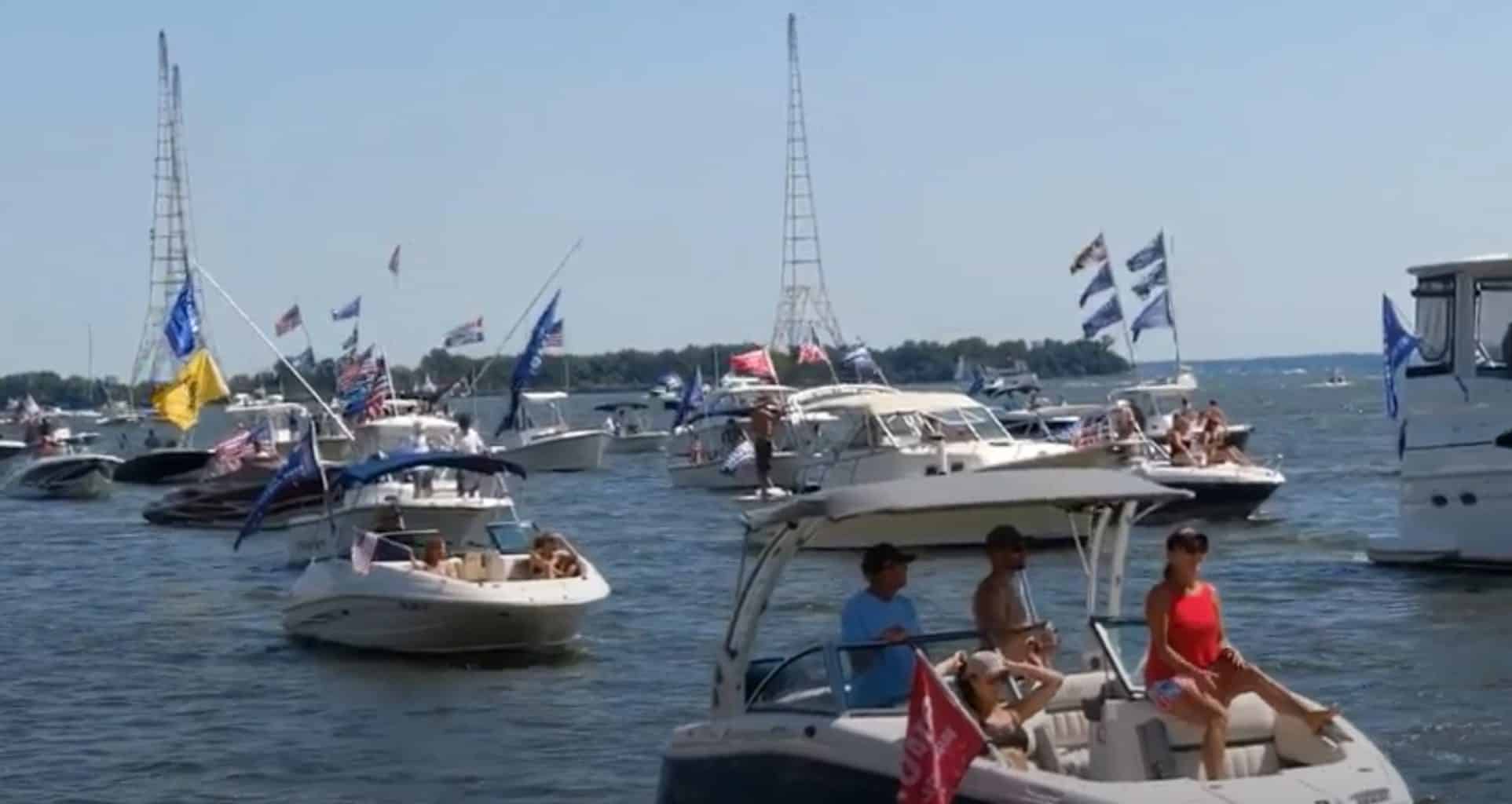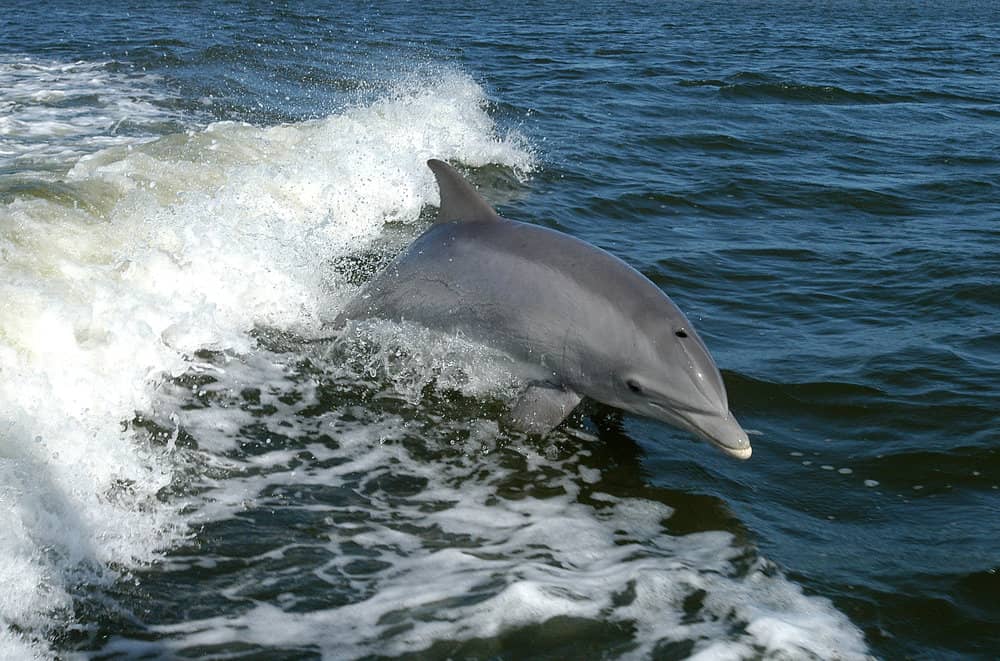Beginning this week, the Chesapeake Bay Foundation’s (CBF) on-water educators will offer hands-on fall field trips for nearly 10,000 school students and their teachers aboard canoes and workboats on the Chesapeake Bay and its tributaries in Virginia, Maryland, Pennsylvania, and Washington D.C.
They’ll use nets, dredges, and watermens’ tools to collect (and later release) Bay and river critters and plants. They’ll catch and examine oysters to discuss their roles as “ecosystem engineers” in salty water. But they won’t be able to catch and handle the amazing freshwater mussels that perform similar functions in the Chesapeake’s fresh waterways.
CBF has been pondering this problem for years: they want to teach students about the Chesapeake’s native freshwater mussels, but can’t harvest any mussels to give the kids hands-on experience with them because many mussels are endangered species and all are protected by law.
By season’s end in December, though, they and many other educators around the U.S. will have access to accurate, authentically-colored 3-D-printed models of their regions’ mussels. They’re remarkably lifelike.
The 3-D models come from new partnership between the Florida Museum of Natural History, the Smithsonian Institution, the U.S. Fish and Wildlife Service, and CBF. Using specimens from the Florida Museum of Natural History and the Smithsonian, with funding provided by the U.S. Fish and Wildlife Service’s National Conservation Training Center, experts at the Museum are now using precise 3-D imaging to create programs for the models.
“This project is very exciting,” said Matthew Patterson, Course Leader at the National Conservation Training Center, “because it provides opportunities to teach field biologists and the public how to identify all of the freshwater mussel species native to the United States, including the nearly 100 species listed as threatened or endangered. And all of this is happening in 2023 as the Endangered Species Act is turning 50 years old.”
Once complete, the models will be freely available online to educate the public about these amazing yet little-known creatures that live and play critical ecosystem roles in rivers and streams across the United States.
The National Fish and Wildlife Foundation’s Chesapeake WILD program will help pay for the 3-D models of mussels native to the Chesapeake Bay watershed and CBF’s mussel outreach work.
“Freshwater mussels provide incredible benefits for water quality and habitat,” explained Joe Wood, Senior Scientist for CBF, “yet many people know very little about these hidden heroes of rivers and streams. Giving someone the opportunity to hold a lifelike mussel shell in their hand is an important step towards protecting and restoring freshwater mussel populations.”
-John Page Williams




